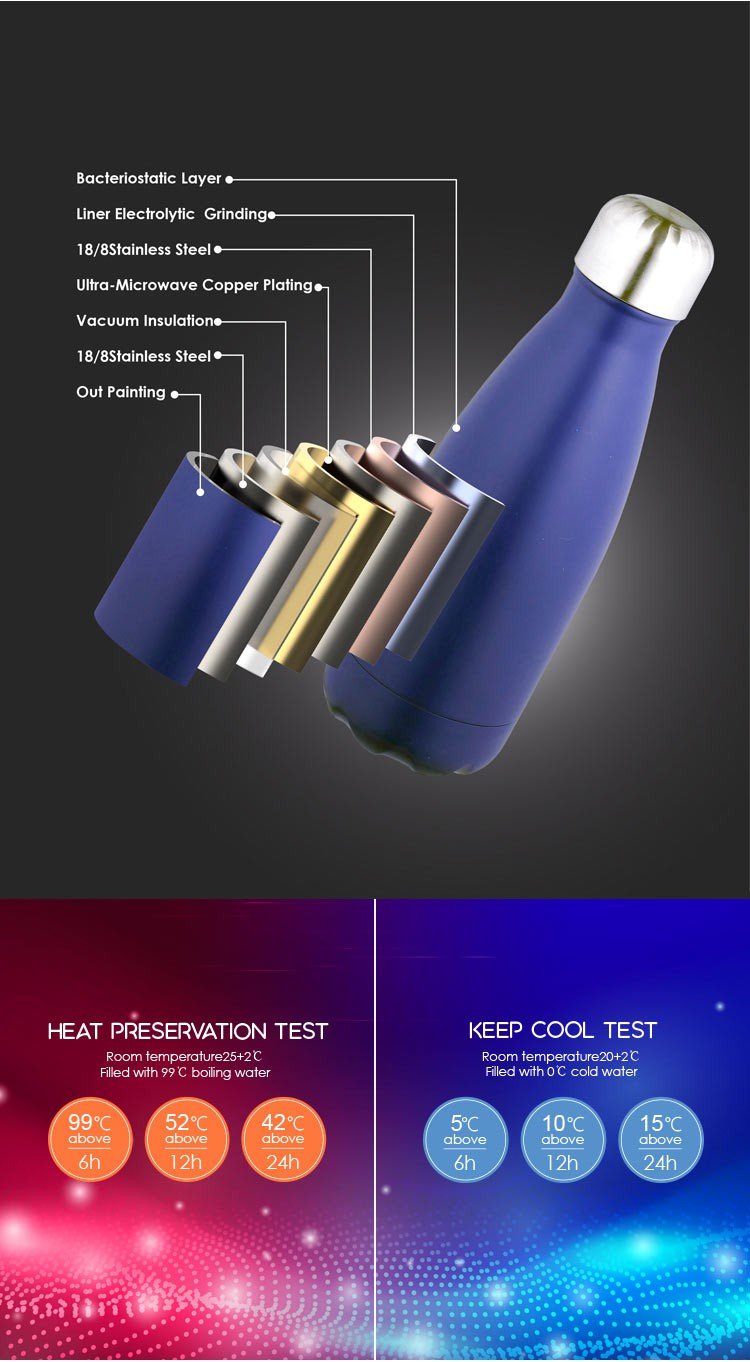Seamed is welded, seamless is stamped
Only the steel plate is too thick to be punched, so it has to be welded
different production processes. The current welding technology is estimated to be comparable to seamless.
Share with you how to choose a stainless steel thermos cup? The editor of Thermos Life Museum teaches you the very useful four-character formulas: seeing, pressing, listening, and smelling.
[Look] Look at the height of the base. The base is low, indicating that the tailless vacuum technology is used; the air between the inner tank and the outer tank is effectively extracted through professional equipment, the vacuum degree is high, and the cup has a very good thermal insulation effect. The base is high, and the tail vacuum technology is used. The degree of vacuuming is not high, and the thermal insulation effect will be greatly reduced after a long time. [Press] If you press the cup body hard with your fingers, if it can touch the inner tank, it means that the vacuum layer is relatively thin, which is a powerful combination of tailless vacuum + thinning and lightweight cup technology; and under the same volume, the usable capacity is larger. [Listen] Listen to the frequency of the sound in the cup. Put the mouth of the cup close to the ear, and you will hear a buzzing sound. If you hear a high-frequency “hum~hum~hum~” sound instead of a slow “hum~~~~~~hum~~~~~hum~~~~~”, then congratulations on picking one Good quality thermos. The higher the sound frequency and the shorter the sound, the better the heat preservation effect of the cup. [Smell] Ask spray paint and plastic parts smell spray paint: Check whether there is a strong pungent smell to judge whether the material is safe. Smell plastic parts: There will be small plastic parts, silicone rings, etc. at the lid of the cup. To distinguish whether these materials are safe or not, you must smell them. If the food-grade PP material and food-grade silicone material are used, there is almost no smell, and it is safe and non-toxic.
